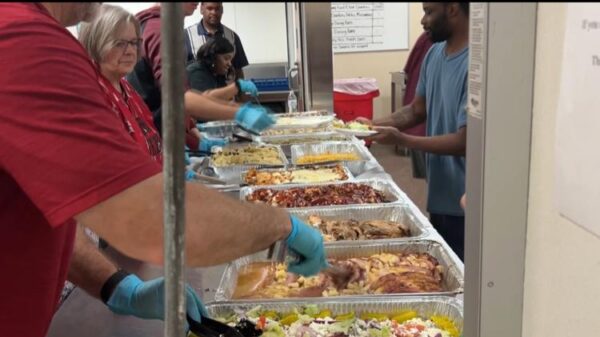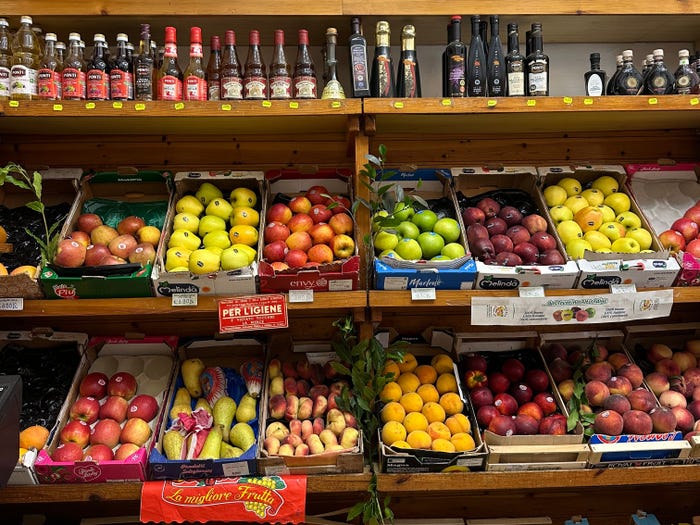UPDATE: A recent account reveals astonishing differences in grocery shopping between the United States and Italy, capturing the attention of those intrigued by cultural contrasts. Jenna Curcio, an American who lived in Rome, shares her eye-opening experiences from her time there in 2022.
Authorities confirm that Italian grocery shopping is not just a chore but a vibrant part of daily life. Curcio highlights six key surprises that redefine the shopping experience in Italy, prompting many expats and travelers to rethink their approach.
Firstly, grocery shopping in Italy often involves multiple stops instead of a single supermarket haul. Curcio explains how she would visit local markets like Mercato Trionfale for fresh produce and specialty items, contrasting sharply with the American habit of one-stop shopping for everything at big-box retailers. This approach fosters a deeper connection to local vendors, emphasizing quality over convenience.
Another striking observation is the frequency of shopping trips. Italians tend to shop for groceries every few days, rather than stocking up for weeks as is common in the US. This practice not only ensures fresher ingredients but also creates a rhythm of life that many Americans might find refreshing.
Curcio notes that grocery stores in Italy are generally smaller and more personal, providing a community touchpoint rather than an overwhelming shopping experience. Even in bustling cities like Rome and Milan, neighborhood shops offer familiar faces that contribute to a sense of belonging.
One of the most surprising elements for Curcio was the storage of eggs and milk. In Italy, these items are often found on regular shelves, as they undergo different sanitization and pasteurization processes that allow them to be safe at room temperature. This contrasts sharply with the US, where refrigeration is standard.
Additionally, some Italian grocery stores are dog-friendly, allowing customers to bring their pets inside. This practice stands in stark contrast to American grocery policies, where dogs are generally not permitted unless they are service animals. The sight of dogs comfortably riding in special carts is a testament to Italy’s more relaxed approach to grocery shopping.
Curcio emphasizes that her time in Italy transformed her view of grocery shopping from a mundane task to a joyful ritual. She recalls fondly the interactions with local vendors and the excitement of carrying home fresh, artisan goods.
As Curcio reflects on her experiences, she encourages others to embrace a more intentional approach to grocery shopping. While she appreciates the convenience of American-style one-stop trips, the emotional connection of her Italian shopping days remains a cherished memory.
For those interested in cultural nuances and human experiences, Curcio’s insights offer a compelling look at how grocery shopping in Italy can be a blend of practicality and community engagement.
Stay tuned for more updates on cultural trends and lifestyle changes that shape our everyday experiences.








































































